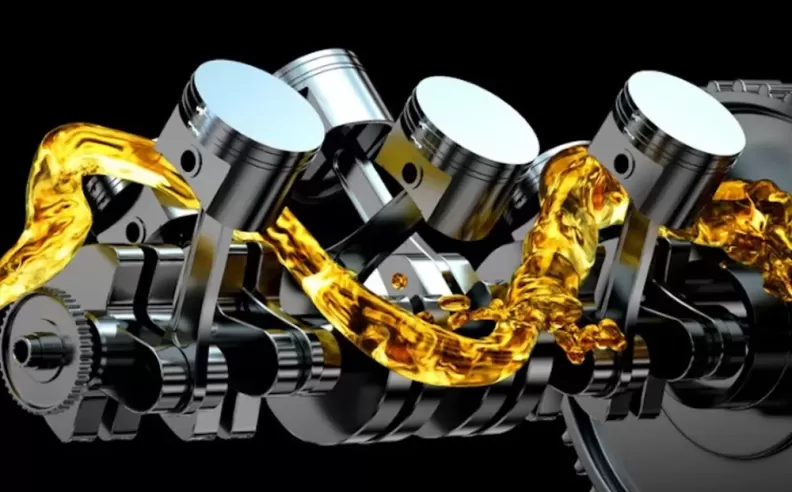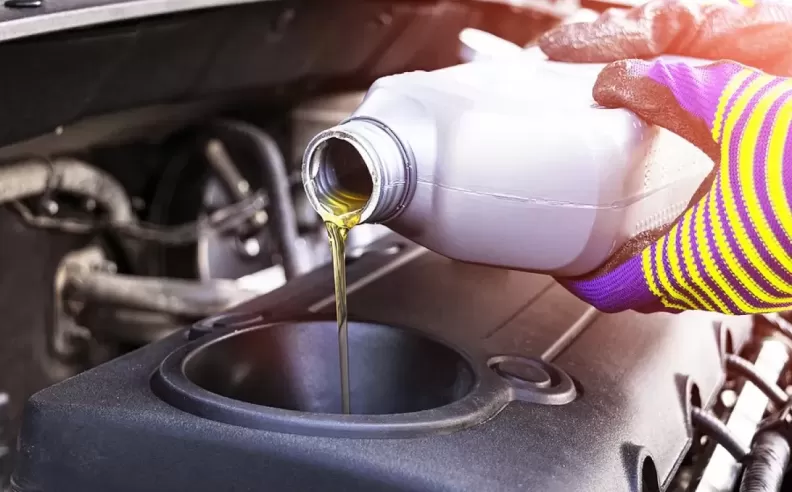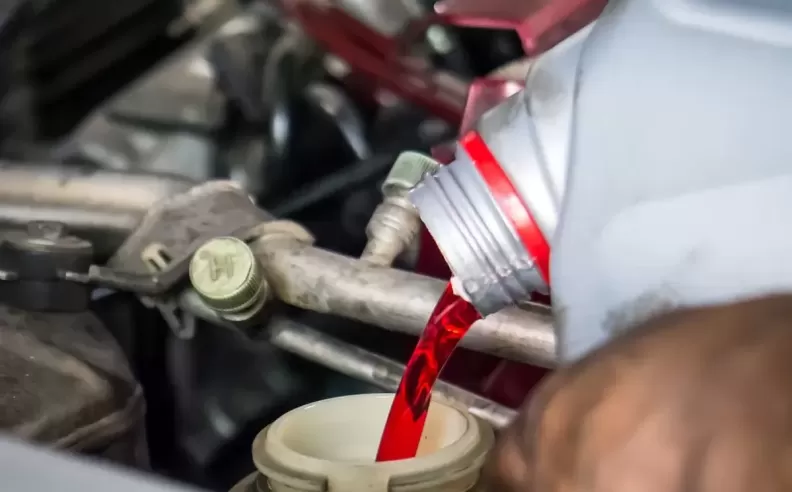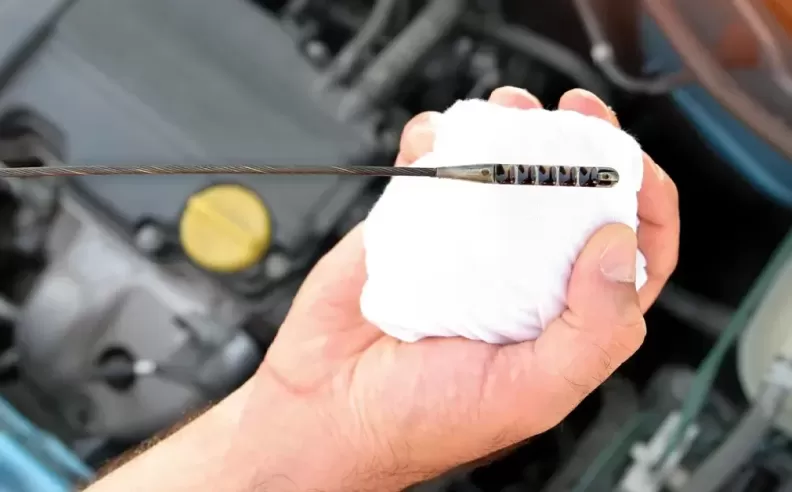
In order for the mechanical parts to function normally throughout their life, the process of changing the different types of car oil must be regular, and engine oil is the lifeblood of your car. Without it, the engine stops working, and neglecting to change it reduces the life of the engine and may cause a catastrophic breakdown. The function of transmission oil is to maintain hydraulic properties and make shifting smoother and more durable in extreme conditions. As for brake oil, it is a watery liquid, which exposes it to absorb air moisture, which is disturbing in the brake system, and leads to the decomposition of the fluid. What is each type of car oil? This is what we will discuss in the following lines of this topic.

The main role of engine oil is to lubricate the moving parts in the engine, so that the oil keeps the parts running smoothly while reducing friction and reducing wear on the engine components, as one of the functions of the oil is to expel heat away from the lubricated engine components until the oil is cooled through the air.

When you keep the engine oil changed on time, it can perform the following functions perfectly:
Engine lubrication: When engine oil is pumped into the engine, it lubricates its moving internal parts, leaving a thin, slippery film on the surface. The film reduces friction by reducing contact between engine components, which results in reduced engine wear and increased service life for engine parts. Removes Contaminants: Every time the engine is started, it produces by-products and pollutants such as metal particles, soot deposits, acids, dust and dirt that can wreak havoc on the engine; And when the engine oil rotates, these pollutants get stuck inside it, and it prevents them from coming into contact with the engine components and causing damage to it.
Keeps the engine temperature constant: After starting the engine, its temperature rises, and one of the functions of the engine oil is to disperse this heat and transfer it to another place, so the engine oil is responsible for up to 40% of the engine cooling process, and it is able to By flowing over surfaces cooler than normal operating temperature, it dissipates heat into the oil sump or, if fitted, into the oil cooler. And also
Prevents wear: While your engine is running as normal, the oil coating forms a barrier between components to protect them and prevent wear, and modern engine oils also contain additives that chemically bring wear closer to zero.
The general result is that it improves engine performance and also plays a role in improving performance because engine oil plays a role in preventing leakage or loss of engine performance, as it closes microscopic voids between the piston and cylinder, which improves engine performance.

Transmission oil, also called gear oil, is a lubricant designed for use in transmissions, manual transmissions, differentials, and shifters; Oil plays an essential role in keeping your transmission running smoothly, and more importantly, it also helps protect the critical internal components in your vehicle's gear systems from wear and heat damage, thus doing the same job as engine oil but for the transmission, so it can perform lubrication. Inadequate transmission damage, corrosion, scratching, and pitting of critical powertrain components, and this deterioration can compromise vehicle performance and ultimately lead to costly repairs. Hence, the answer to the most popular question on this subject is as follows: Gear oil and engine oil are not the same thing, and they cannot be interchanged. Gear oil is specifically designed for use in gears, and motor oil for engines.
Automatic transmission fluid (oil) differs from manual transmission oil, as well as its function is greater than just lubrication; Whereas, automatic transmissions and shifters are primarily hydraulic systems, complete with valves, check balls, solenoids, and pumps. The transmission fluid is responsible for making sure that these components work properly.. The plus side is that most automatic transmissions are based on closed systems which means (in theory) that they will not absorb contaminants (moisture, dirt, etc.) Service for automatic transmission fluid changes is usually with tens of thousands of kilometers.

Brake fluid is a hydraulic fluid on which the brake system relies substantially because it enhances the brake force and provides it with the necessary energy when braking. Therefore, it is necessary to change the fluid periodically, as it absorbs moisture from the air and decomposes at a rapid rate. When this happens, its properties are disturbed and it is unable to perform its function to the fullest. Therefore, changing this fluid in the recommended period ensures that the brakes work efficiently, and usually This period is from one year to 3 years, and it varies from one vehicle to another.

The period of changing each type of car oil varies according to what is stipulated in the owner’s book, and in high temperature environments it is required to change oils and fluids at a greater rate. For example, engine oil is required to be changed every 5 to 7 thousand kilometers, although it also depends on the type of oil as well, and usually Manual transmission oil requires change every 45,000 km, automatic transmission oil usually requires change every 100,000 km, while brake fluid requires change every two to three years on average. So if you are looking for the exact changeover period: refer to the owner's manual

Wael is an automotive content writer specializes in creating written content for Motor 283. Producing a wide range of content, including blog posts, articles, product descriptions, reviews, and technical guides related to cars, trucks, motorcycles, and other vehicles, with an unprecedented passion for cars, and motorcycles.
